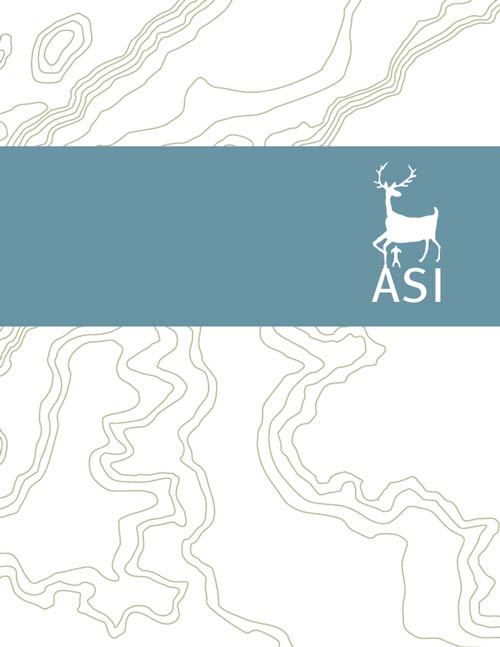Archaeologists argue that the resiliency of Precolumbian Maya communities during the Terminal Classic collapse (800-1000 AD) in the Maya lowlands was based on their leaders’ ability to navigate the institutional and interrelational changes of the period, especially as they relate to divine kingship. This can be extended to include the leaders’ ability to adapt to changing trade networks and the commodification of new materials. Lamanai, a Precolumbian Maya site in Northern Belize, is known for circumnavigating the changes that caused the collapse of many centres in the Maya lowlands. One of the well-established explanations for the resiliency of Lamanai is its ongoing access to coastal trade networks. To understand the economic structure of individual communities, archaeologists look for evidence of social stratification, which is evident in variability in the built environment. By analyzing differences in structure size, which has been used as an indicator of long-term labour investment, and the density of ceramics per structure, I argue that one of Lamanai’s supporting communities – referred to as Coco Chan – was heavily stratified in the Terminal Classic period, indicating a community with varied access to the market-based economy.











